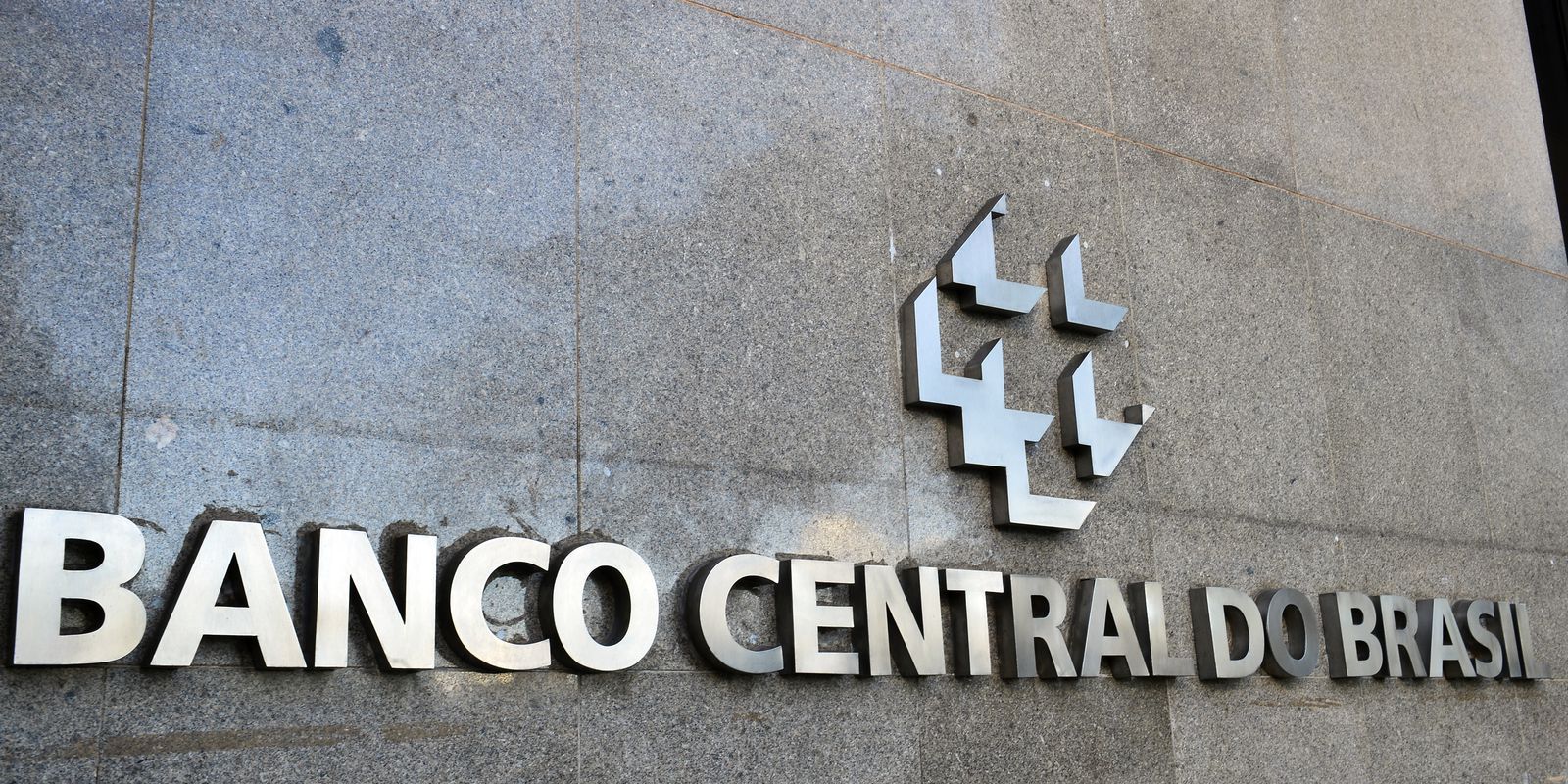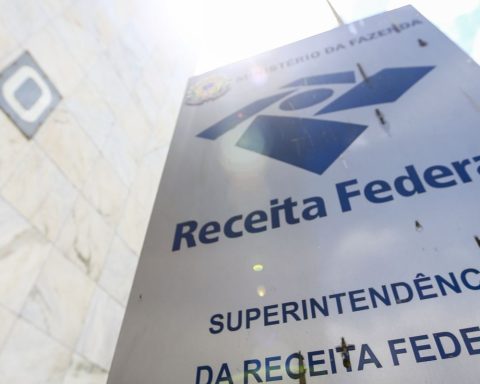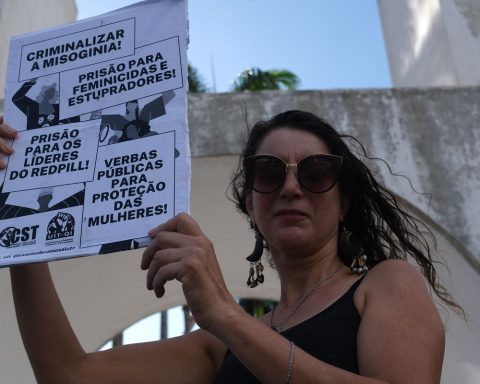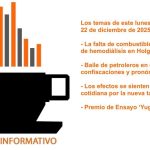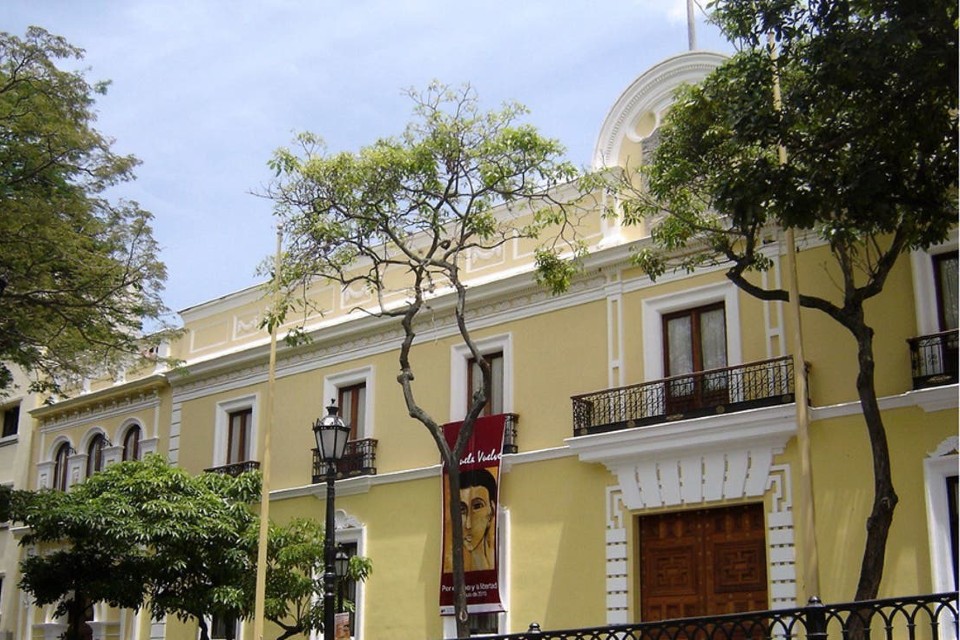The Monetary Policy Committee (Copom) of the Central Bank (BC) began today (21), in Brasília, the second meeting of the year to define the basic interest rate, the Selic. The body should maintain monetary tightening by maintaining the Selic at 13.75%, even with pressure from the federal government to reduce the rate.
In a declaration after the first Copom meeting, in January, the President Luiz Inacio Lula da Silva said that high interest rates hinder investments and that there is no justification for the Selic to be at this level at the moment. The Minister of Finance, Fernando Haddad defended greater coordination between fiscal policy and the so-called monetary policy, in charge of the Central Bank, to contain inflation.
Although the base rate stopped rising in August last year, it is at the highest level since the beginning of 2017 and the effects of a monetary tightening are felt in the slowdown of the economy.
According to the most recent edition of the Focus bulletin, a weekly survey of market analysts, the base rate should be maintained at 13.75% per annum for the fifth time in a row. The expectation of the financial market, however, is that the Selic ends the year at 12.75%.
Tomorrow (22), at the end of the day, the Copom will announce the decision.
In the minutes of last meeting, in January, the agency indicated concern about the deterioration of longer-term inflation expectations and did not rule out the possibility of further increases in the Selic rate if the disinflation process does not go as expected. The increase in public spending and fiscal uncertainties could also cause the Central Bank to keep interest rates high for longer than initially anticipated.
Also in a recent statement, BC president Roberto Campos Neto defended the institution’s autonomy in defining monetary policy and said that thinking about a long-term monetary policy and fiscal policy is important for sustainable economic growth.
Campos evaluated positively the package of measures already presented by the government and has good expectations in relation to the new fiscal framework that will be presented by the Ministry of Finance, replacing the expenditure ceiling, which limits government expenditures to the inflation of the previous year.
After falls in the last months of 2022, inflation expectations have been rising. Although it presented a negative variation in the last Focus bulletin, the inflation estimate for 2023 is at 5.95%.
In February, driven by the education group, with the readjustments applied by educational establishments at the turn of the year, the IPCA was 0.84%, according to the Brazilian Institute of Geography and Statistics (IBGE). As resultthe indicator accumulated a rise of 1.37% in the year and 5.6% in the last 12 months, a lower percentage than the 5.77% verified in the immediately previous period.
Selic Rate
The basic interest rate is used in the negotiation of public securities issued by the National Treasury in the Special System for Liquidation and Custody (Selic) and serves as a reference for other rates in the economy. It is the Central Bank’s main instrument for keeping inflation under control. The BC acts daily through open market operations – buying and selling federal public bonds – to keep the interest rate close to the value defined at the meeting.
When the Copom raises the basic interest rate, the purpose is to contain heated demand, and this affects prices because higher interest rates make credit more expensive and stimulate savings. Thus, higher rates can also make it harder for the economy to expand. But, in addition to the Selic, banks consider other factors when defining the interest charged from consumers, such as the risk of default, profit and administrative expenses.
By reducing the Selic rate, the tendency is for credit to become cheaper, encouraging production and consumption, reducing inflation control and stimulating economic activity.
The Copom meets every 45 days. On the first day of the meeting, technical presentations are made on the evolution and perspectives of the Brazilian and world economies and the behavior of the financial market. On the second day, the members of the Copom, formed by the BC’s board, analyze the possibilities and define the Selic.
inflation target
For 2023, the inflation target that must be pursued by the Central Bank, defined by the National Monetary Council, is 3.25%, with a tolerance interval of 1.5 percentage points up or down. That is, the lower limit is 1.75% and the upper limit is 4.75%. For 2024 and 2025, the targets are 3% for both years, with the same tolerance interval.
In the last Inflation Report, released at the end of December by the Central Bank, the monetary authority recognizes the possibility of exceeding the inflation target this year. In the document, the I estimated is that the IPCA will reach 5% in 2023. The next report will be released next week, on the 30th.
